How to Delete a Virtual Machine in Parallels on Mac or Windows
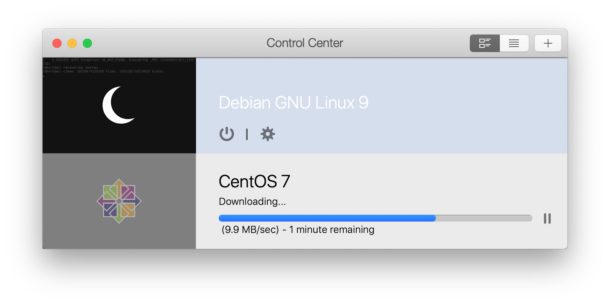
Need to delete a virtual machine from Parallels or Parallels Desktop Lite? Removing a virtual machine can be necessary when you’re finished using a particular environment, operating system, or VM for any reason, and it’s also common to remove unneeded virtual machines to free up disk space.
Here’s how you can easily delete a virtual machine in Parallels and remove it from the Mac (or Windows PC).
How to Remove Virtual Machines in Parallels & Parallels Desktop Lite
- Launch Parallels or Parallels Desktop Lite, but do not start any virtual machine
- Select the virtual machine you want to delete from the Control Center (if Parallels launches immediately into a VM, exit the VM and go to the main screen first)
- Go to the “File” menu and choose “Remove”, or alternatively right-click on the VM and choose “Remove”
- Select “Move to Trash” to delete the virtual machine without saving anything, or choose “Keep Files” to be able to use the VM again in the future if needed
- Repeat with other virtual machines you want to delete
- Now go to the Finder and empty the Trash as usual (or right-click the Trash icon in the Mac Dock and choose “Empty Trash”)
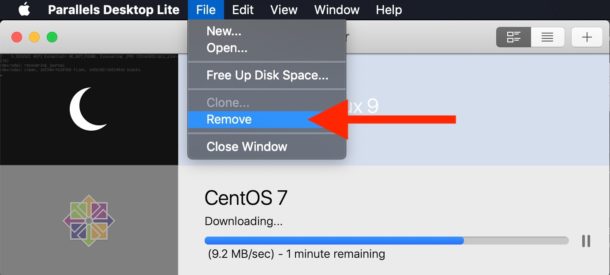
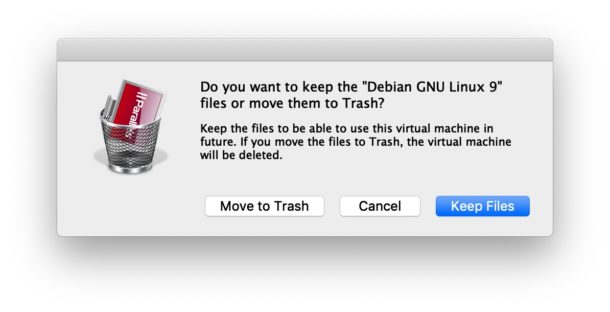
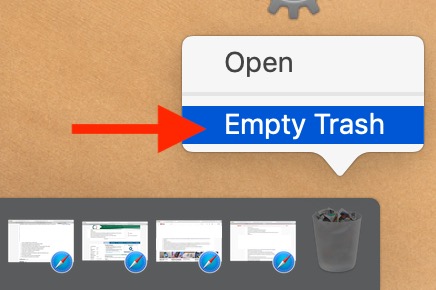
Emptying the Trash is necessary to actually delete the virtual machine from the Mac and free up disk space on the computer.
It doesn’t matter if you use the File menu or the right-click menu to delete the virtual machine, the steps are the same afterwards.
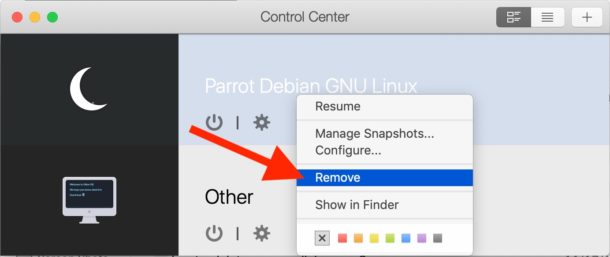
Note: if you’re deleting a virtual machine from Parallels on Windows, you empty the Recycle Bin instead of the Trash like on the Mac.
Note that if you simply move the virtual machine to the Trash but don’t empty the Trash on the Mac, that VM can be recovered anytime before the Trash is emptied by simply going to the Trash, locating the vm file (usually labeled as the OS with the file extension “.pvm” like ‘Debian Linux.pvm’) and adding that VM file back into Parallels.
Virtual machines offer a powerful way to test out and use other operating systems by running them in an application layer atop an existing operating system, and this capability is not limited to Parallels or Parallels Desktop Lite. You can use virtual machine software like VirtualBox or VMWare for running Windows 10, Windows 8, Windows 7, Windows 2000, NT, 98, 95, 3.11, Windows with older versions of Internet Explorer ranging from IE 7 to IE 9, Ubuntu Linux, ParrotSec Linux, or just about any other Linux distribution, BSD, a variety of versions of Mac OS and Mac OS X including MacOS Mojave and macOS Sierra, BeOS / HaikuOS, and many other operating systems too. And of course you can delete virtual machines from VirtualBox and VMWare too if needed.
We’ve covered a wide variety of operating systems and other things pertaining to using virtual machines before, so if you’re interested in the topic explore around and have some fun.

